Gospel End Village.
Gospel End village is situated in the north-east of the parish and is on the A463 between Sedgley and Wombourne
Gospel End was historically part of the ancient manor of Sedgley but the 1966 local government reorganisation 'moved' the village from the control of Sedgley Urban District to Seisdon Rural District despite the bulk of Sedgley being absorbed into Dudley County Borough. Seisdon Rural District was replaced by the South Staffordshire District in 1974.
The name ‘Gospel’ is quite common throughout England. It marks a place on a parish boundary. The place name is derived from the early English habit of the annual beating the bounds. The ‘beating the bounds’ procession could include the vicar, choir, churchwardens and local dignitaries.

Gospel End
A church built in the 1840s in Fir Street, was originally Wesleyan but in the 1930s a Baptist denomination replaced the Methodists. The mission church of St. Barnabas, at the junction of Gospel End Road and Penn Road, was built in the 1890s as a place of worship for the thriving local community. This removed the necessity to travel to the mother church of All Saints in Sedgley. Both churches are now in private ownership.
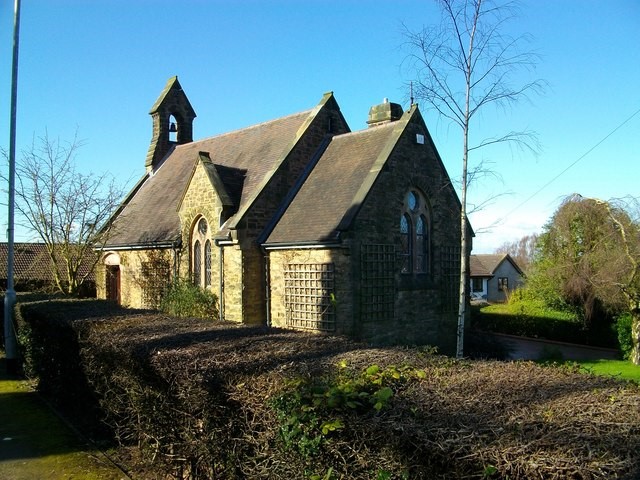
St Barnabas Church
Baggeridge
The Baggeridge area of Gospel End was of great importance to the Black Country’s coal industry. A colliery was established, originally owned by the Earl of Dudley and had the famous thirty foot thick coal seam. It was the last of the working Black Country pits when it closed in 1968.
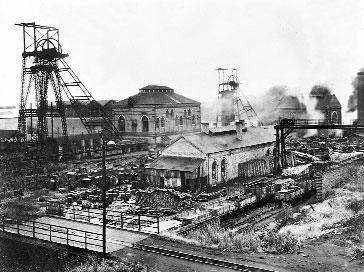
Baggeridge Colliery
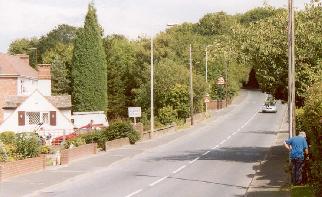
Gospel End Village
Gospel End village marks a point on the western boundary of the original Parish of Sedgley. Here, during Rogation Week in late spring [the three days leading up to Ascension Day], a passage from the gospels would be read aloud. It would have been a stopping place for the ceremony described above.
Before proper maps were drawn the event would help to establish the limits of the Manor of Sedgley. The fact that Gospel End was used as a name indicates that no other name had been given to the site. This was probably due to the fact that it was woodland. The ‘End’ element was a medieval term for a cul-de-sac and would suggest this was the entrance to Baggeridge Wood, part of Pensnett Chase. Gospel End however was not actually on the parish boundary but the place where the wood began.

Fir Street Chapel
There are now no shops or church in the village today. The focal point is the Summer House, a public house towards the east of the village, which was built in the early 19th century.
It probably took its name from the ‘sumpters’ on donkeys and mules in the 18th and 19th centuries who called there on the way back from Bewdley after dropping off their loads of nails which had been made in the Sedgley area, to be transported by boat to Bristol from where they were exported.
The road through the village was one of the busier roads in the area then as it is today.
The Summer House has since been expanded and is well known for the display of Christmas lights.
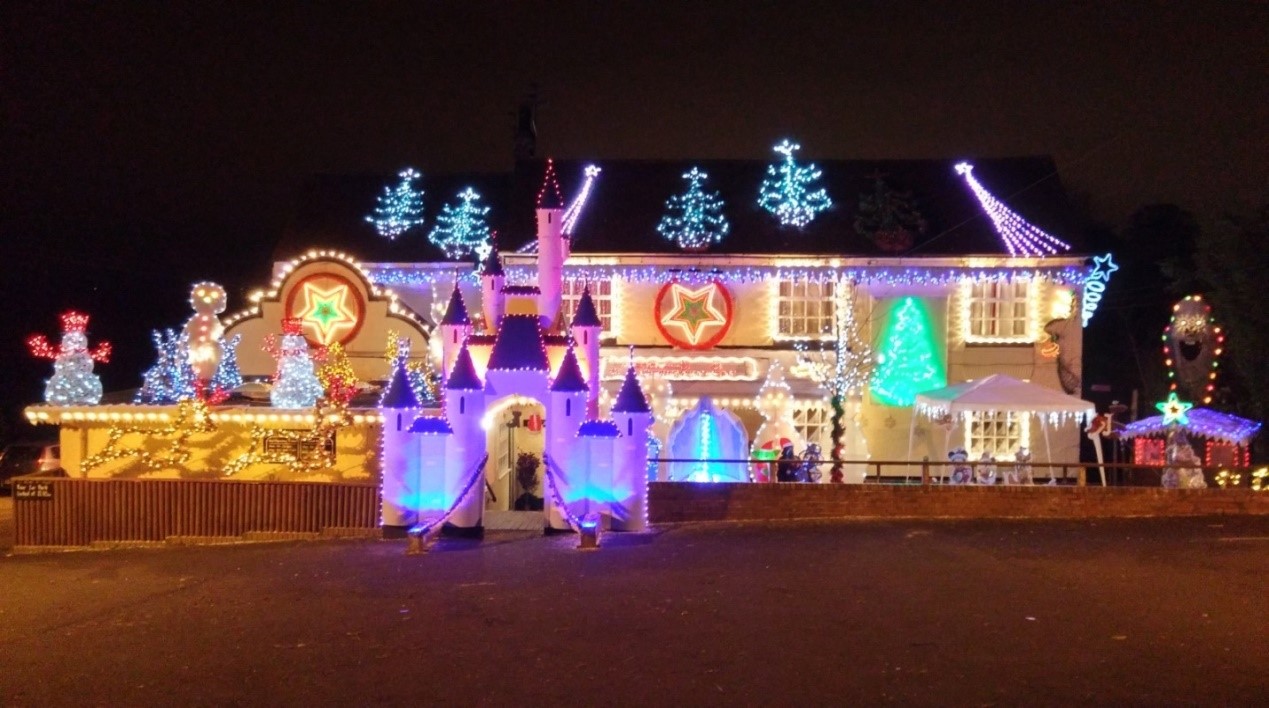
The Summer House
The site together with the area to the south and west is now Baggeridge Country Park and was opened by The Princess Anne on 17th June 1983.
The toposcope viewpoint, the highest 'hill' on the site, was created from the remains of the colliery waste. The steep climb is rewarded with fine views to Sedgley and in the opposite direction to the grounds of Himley Hall.
On a clear day it is possible to see more distant hills, the Lickeys, Malverns, Clees, Long Mynd and Wrekin.
The park welcomes walkers, horse riders, anglers and campers and is ideal for field studies and orienteering.
There is even a miniature steam railway operated by Wolverhampton and District Model Engineering Society at scheduled times, see their website www.wolverhampton-dmes.co.uk for details.
The original works and former headquarters of Baggeridge Brick adjoined the colliery. After closure of the works, permission was granted in 2014 for a new development of approximately 200 homes, now called Baggeridge Village, with the iconic brick chimney to be retained.
For further information on Baggeridge Country park, please visit www.sstaffs.gov.uk/leisure/baggeridge-country-park.cfm
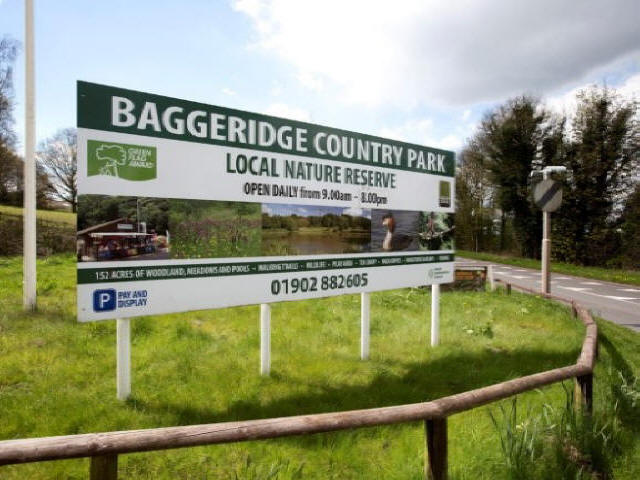
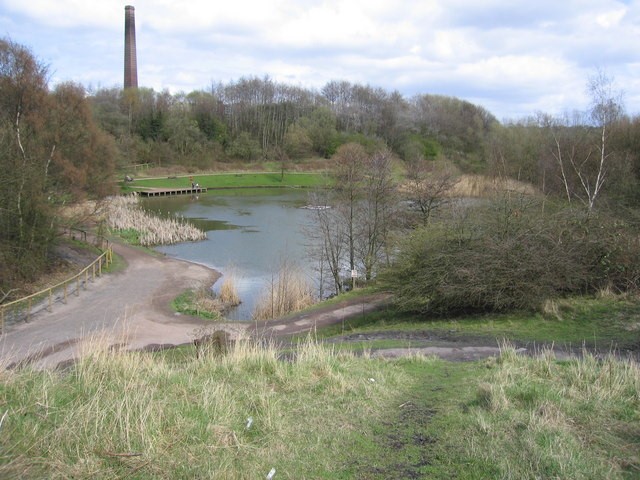
 Designed and created by Chipmonk Computing
Designed and created by Chipmonk Computing